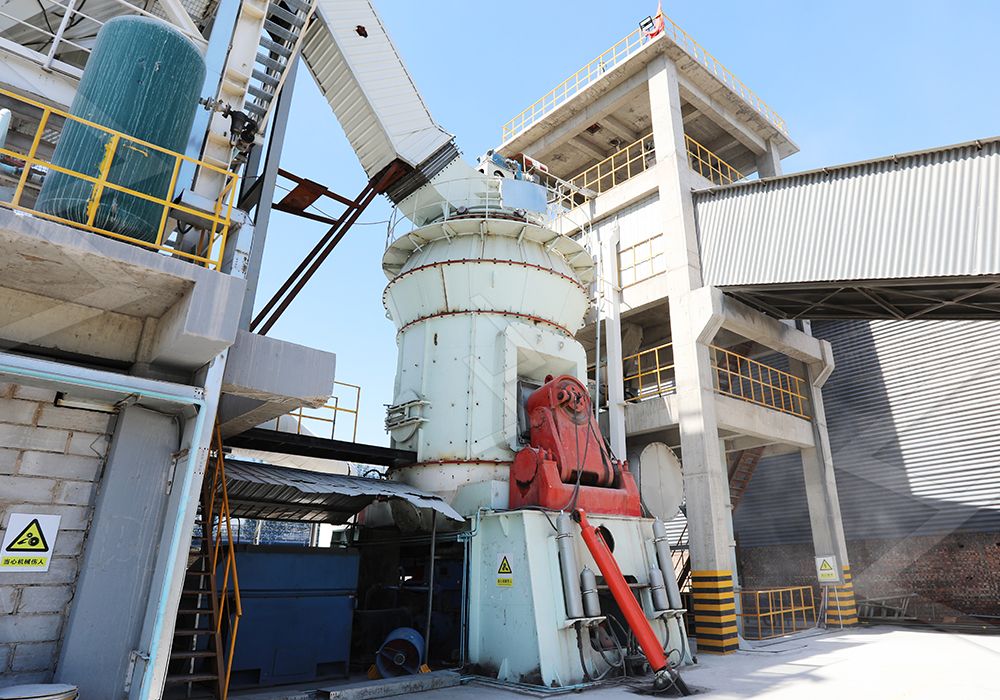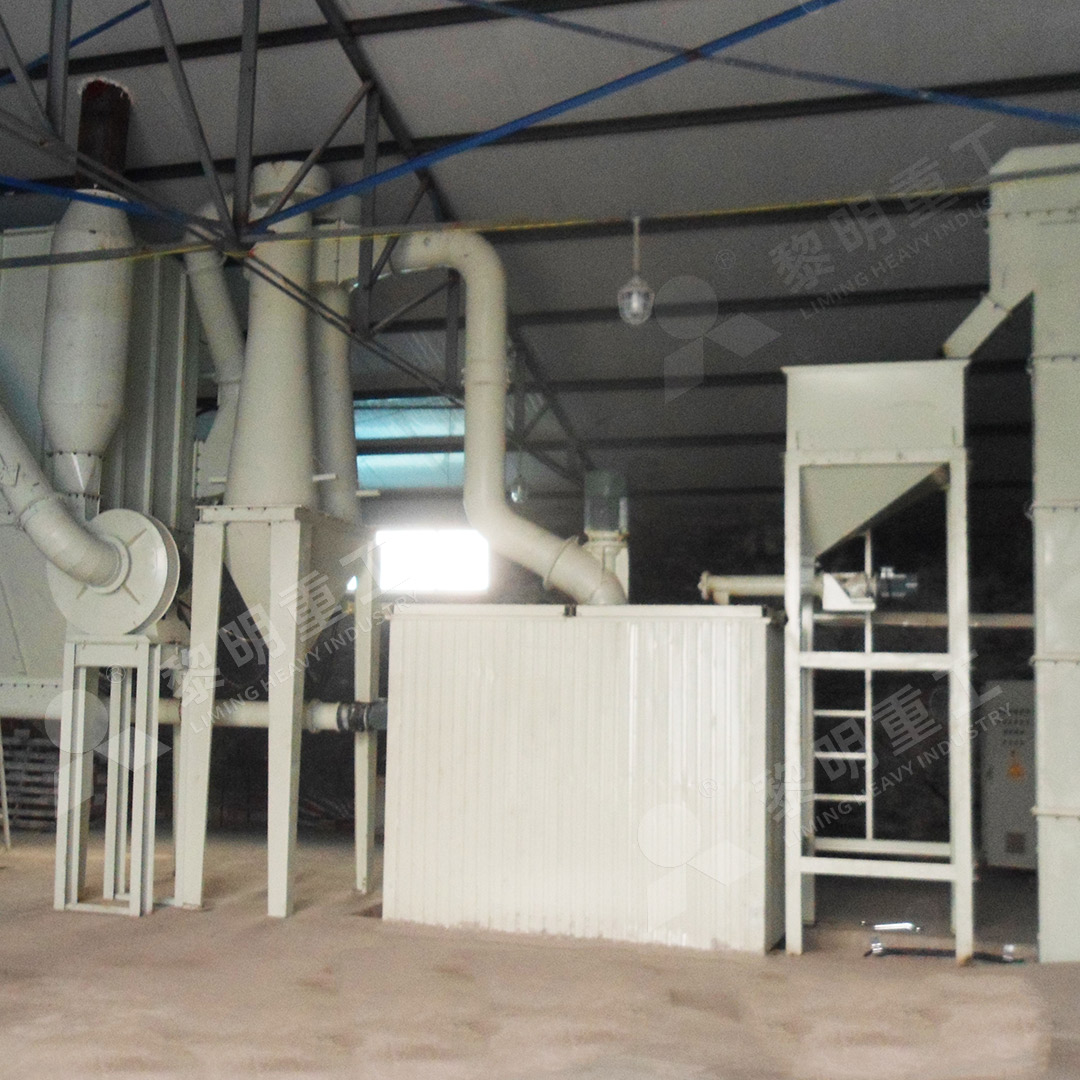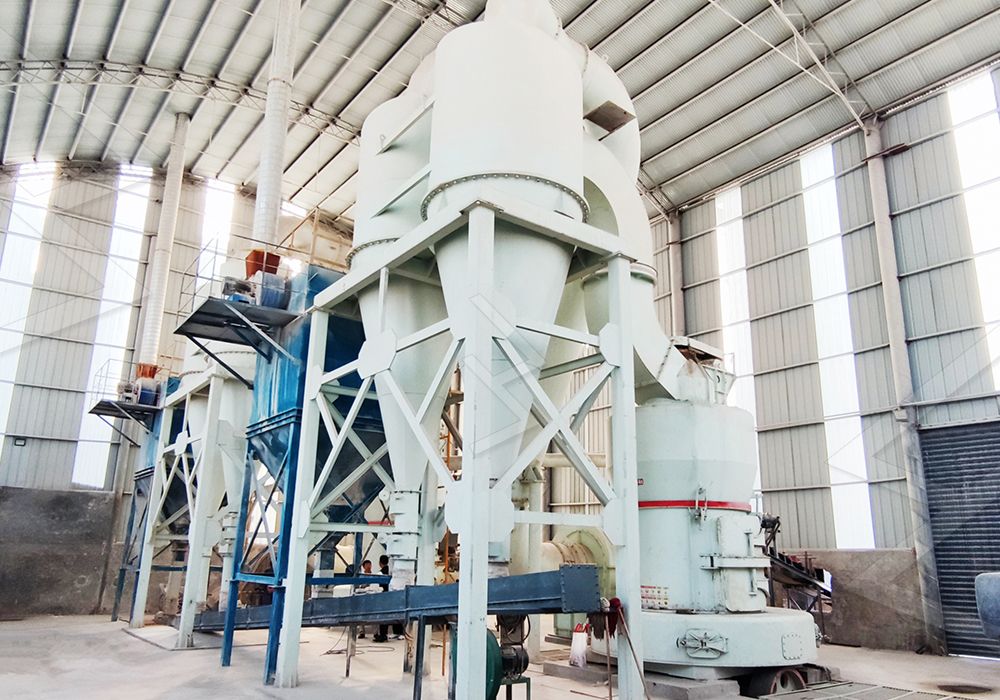Steel Slag Grinding Mill Process Flow and Equipment Configuration
Steel Slag Grinding Mill Process Flow and Equipment Configuration
Processing steel slag into valuable materials requires specialized grinding equipment and a well-designed process flow. Steel slag, a byproduct of steelmaking, possesses abrasive characteristics that demand robust milling solutions capable of handling its unique properties while achieving desired fineness for various applications.
Process Flow Overview
The complete steel slag grinding process typically begins with preliminary crushing and screening. Raw steel slag with input sizes up to 20mm undergoes primary reduction before entering the grinding circuit. The material is then fed into the grinding mill where it’s pulverized to the required fineness. Following grinding, the powder is classified through an efficient separator system, with oversize material returning for regrinding while finished product is collected through cyclone separators and bag filters.

Modern grinding systems incorporate advanced dust collection technology and noise reduction features, ensuring environmental compliance throughout the operation. The closed-circuit design minimizes energy waste while maximizing production efficiency.
Critical Equipment Considerations
Selecting appropriate grinding equipment for steel slag requires careful evaluation of several factors. The abrasive nature of steel slag demands wear-resistant materials in grinding components. Equipment must handle varying moisture content while maintaining consistent output quality. Energy consumption remains a primary concern, with modern mills offering significant improvements over traditional technologies.
For operations requiring ultra-fine powder production between 325-2500 meshes, the MW Ultrafine Grinding Mill presents an optimal solution. This advanced mill processes materials with input sizes of 0-20 mm at capacities ranging from 0.5 to 25 tph. Its innovative design eliminates rolling bearings and screws within the grinding chamber, substantially reducing maintenance concerns associated with bearing failures or loose fasteners.

Equipment Configuration Strategy
A properly configured steel slag grinding system integrates multiple components working in harmony. The core grinding mill connects with feeding equipment, classification systems, dust collectors, and material handling components. Each element must be sized appropriately to avoid bottlenecks and ensure smooth operation.
The LUM Ultrafine Vertical Grinding Mill offers another excellent option for steel slag processing, handling input sizes up to 10mm with capacities between 5-18 tph. Its unique roller shell and lining plate grinding curve generates material layers more effectively, enabling high finished product rates through single-pass grinding. The mill’s double position-limiting technology provides exceptional operational stability, preventing destructive impacts during unexpected vibration events.
Operational Advantages
Contemporary grinding mills deliver substantial benefits for steel slag processing operations. The integration of digital processing technologies ensures higher precision in manufacturing core components, resulting in improved reliability and longevity. Advanced powder selection systems allow precise control over product fineness, while efficient dust collection mechanisms maintain clean working environments.

Many operations report energy savings of 30-50% compared to conventional grinding systems, alongside reduced maintenance requirements due to innovative design features like external lubrication systems that enable continuous 24-hour operation.
Frequently Asked Questions
What is the typical production capacity for steel slag grinding mills?
Production capacity varies significantly based on equipment selection and final product requirements. Our MW Ultrafine Grinding Mill offers capacities from 0.5 to 25 tph, while the LUM Vertical Grinding Mill handles 5-18 tph, suitable for most industrial applications.
How fine can steel slag be ground using modern equipment?
Advanced mills like the MW Ultrafine Grinding Mill can achieve fineness between 325-2500 meshes, with screening rates reaching d97≤5μm in a single pass, meeting specifications for various construction and industrial applications.
What maintenance considerations are specific to steel slag grinding?
Steel slag’s abrasive nature necessitates regular inspection of wear parts. However, mills like our MW series eliminate internal rolling bearings and screws, significantly reducing failure points. External lubrication systems further minimize maintenance downtime.
How do modern grinding mills address environmental concerns?
Contemporary designs incorporate efficient pulse dust collectors and mufflers that effectively control emissions and noise. Closed-system operation under negative pressure prevents dust escape, ensuring compliance with environmental standards.
What advantages do vertical grinding mills offer for steel slag processing?
Vertical mills like our LUM series provide compact footprints, integrated drying capabilities, and lower energy consumption. Their design facilitates easier maintenance access and stable operation through advanced limiting technologies.
